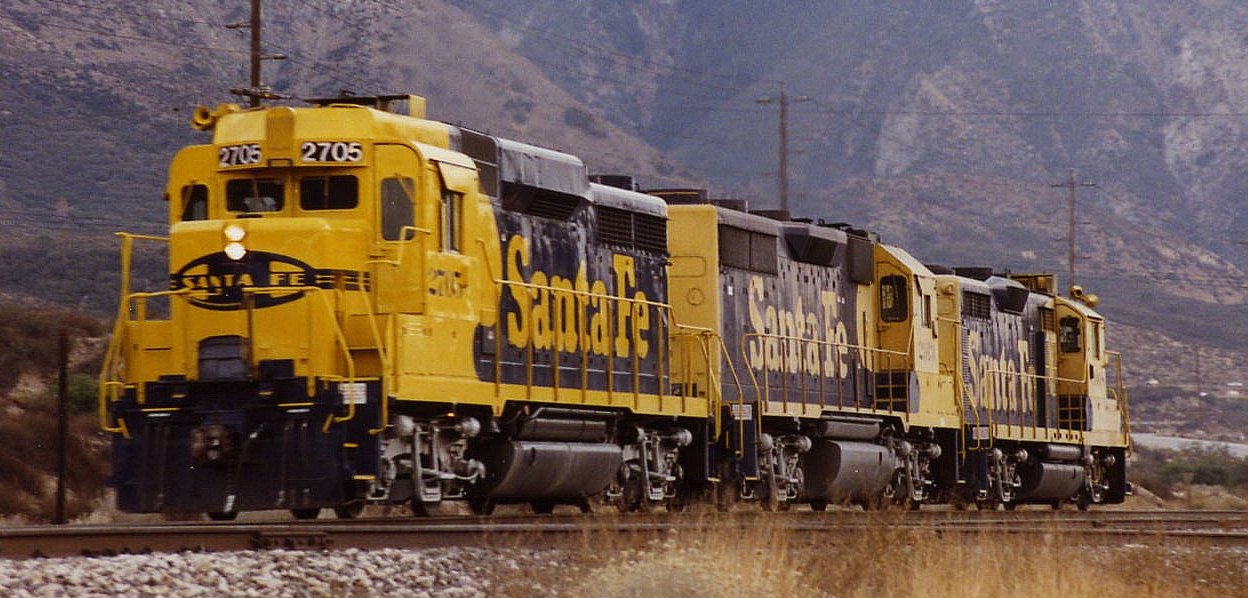Demands made by World War II forced postponement of production changes, non-the-less, Ross (still enthusiasm for the project) directed Sinnock to design a Franklin coin on a contingency basis.
The federal Commission of Fine Arts (an advisory body) made several objections, first the objected to the eagle's size, they also disapproved of showing the crack in the Liberty Bell. They argued that "to show this might lead to puns and to statements derogatory to United States coinage.": the Treasury Department approved Sinnock's models without change. When the Franklin half dollar made its debut it completed the conversion of U.S. coin designs from allegorical figures (Lady Liberty) to portraits of famous Americans.
The Liberty Bell on the reverse of the Franklin Half Dollar made sense. Both were closely identified with the nation's birth and with the city of Philadelphia.
If you see errors or missing data in this entry, please feel free to log in and edit it. Anyone with a Gmail account can log in instantly.







